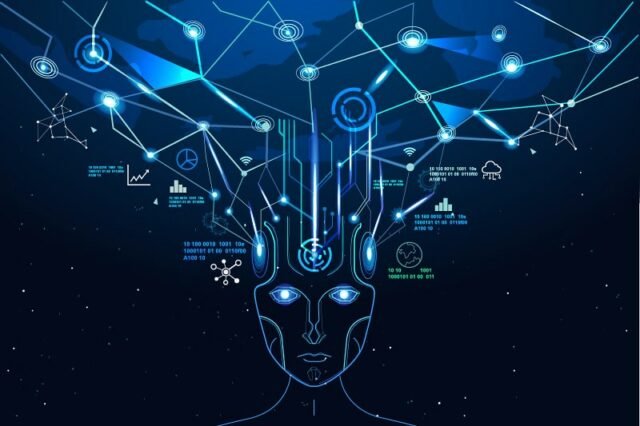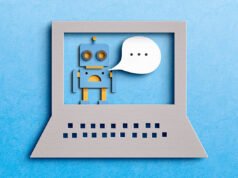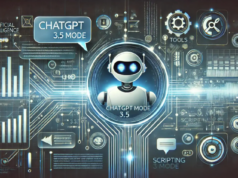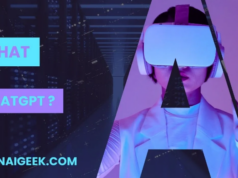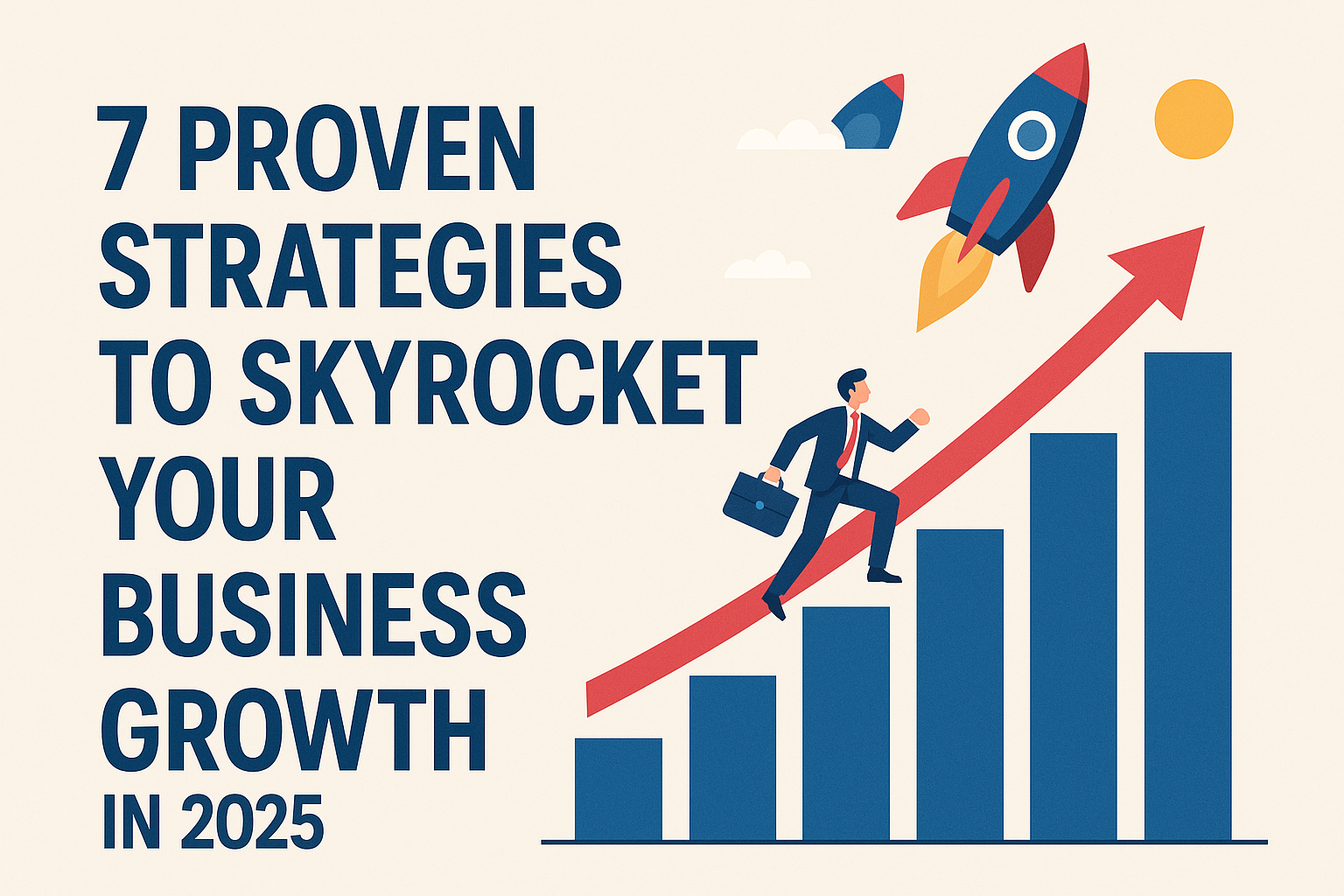GPT-3: Revolutionizing AI Chatbots with Human-like Conversations

The world of artificial intelligence has witnessed a groundbreaking revolution with the advent of GPT-3, the third iteration of OpenAI’s deep learning language model. GPT-3, short for Generative Pre-trained Transformer 3, has taken AI chatbots to new heights by being able to engage in human-like conversations that can almost fool users into thinking they’re interacting with a real person.
How GPT-3 Works
GPT-3 is based on a transformer architecture, a type of neural network that processes data in parallel using self-attention mechanisms. It has been trained on a vast amount of internet text, essentially gaining knowledge about various topics and language patterns.
With 175 billion parameters, GPT-3 is an exceptionally large model, enabling it to generate coherent and contextually appropriate responses. The model predicts the likelihood of the next word based on the words that precede it, resulting in dynamically generated text that closely resembles human conversation.
Human-like Conversations
One of the most remarkable advancements of GPT-3 is how it manages to mimic human conversation styles. It can understand complex prompts, answer questions, provide explanations, and even engage in creative writing tasks like poetry or storytelling. The responses generated by GPT-3 often have a natural flow, making the experience of interacting with a chatbot incredibly realistic.
OpenAI’s CEO, Sam Altman, describes GPT-3:
“GPT-3 gives computers a level of language understanding and generation that has not been seen before. It is mind-blowing to see how human-like the conversations can be, allowing for more interactive and productive interactions between humans and machines.”
Potential Applications
GPT-3’s capabilities have vast implications across numerous domains and industries. Some potential applications include:
- Customer Support: AI chatbots powered by GPT-3 can handle customer inquiries and provide personalized support, offering real-time assistance on a large scale.
- Content Generation: GPT-3 can generate blog posts, articles, and social media content, reducing the time and effort required by human content creators.
- Virtual Assistants: GPT-3 opens up possibilities for more sophisticated virtual assistants that can assist users with tasks, schedule appointments, and perform various functions.
- Language Translation: GPT-3 can facilitate accurate and contextually appropriate language translation, enabling smoother communication between different languages.
These applications barely scratch the surface of the potential GPT-3 holds. As more developers and researchers explore its abilities, the number of innovative use cases is expected to skyrocket.


